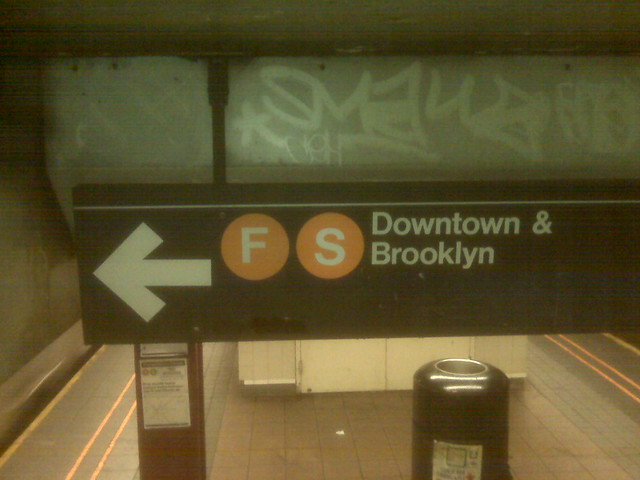This is not a surprising twist, but a disappointing one nonetheless: New Jersey Transit and Amtrak officials failed to come to terms on a tunnel deal that could have saved part or all of the ARC Tunnel. According to the brief statement issued by Amtrak, the hang-up was one of the project’s overall purpose. “We are no longer interested in this project,” Vernae Graham, Amtrak spokeswoman, said. “There were exploratory talks going on with NJ Transit. The talks have stopped. … That was commuter rail, and we are interested in intercity rail projects.”
As recently as Wednesday afternoon, New Jersey officials were optimistic that Amtrak would save the project as the national rail carrier had expressed interest in the NJ Transit plans. The state had been willing to assume its portion of the costs were Amtrak to pick some of the funding, but the demands of intercity high-speed rail and New Jersey Transit’s commuter rail network were at odds. This lost opportunity remains as such.


 As transit economics and funding go, we are not living in a golden age. State and city contributions to their public transit systems are on the decline, and as both operating costs and pension obligations climb, transit agencies have left no stone unturned in their quest for revenue. From service cuts to fare hikes to internal reorganization, if the move saves dollars, it’s on the table.
As transit economics and funding go, we are not living in a golden age. State and city contributions to their public transit systems are on the decline, and as both operating costs and pension obligations climb, transit agencies have left no stone unturned in their quest for revenue. From service cuts to fare hikes to internal reorganization, if the move saves dollars, it’s on the table.

